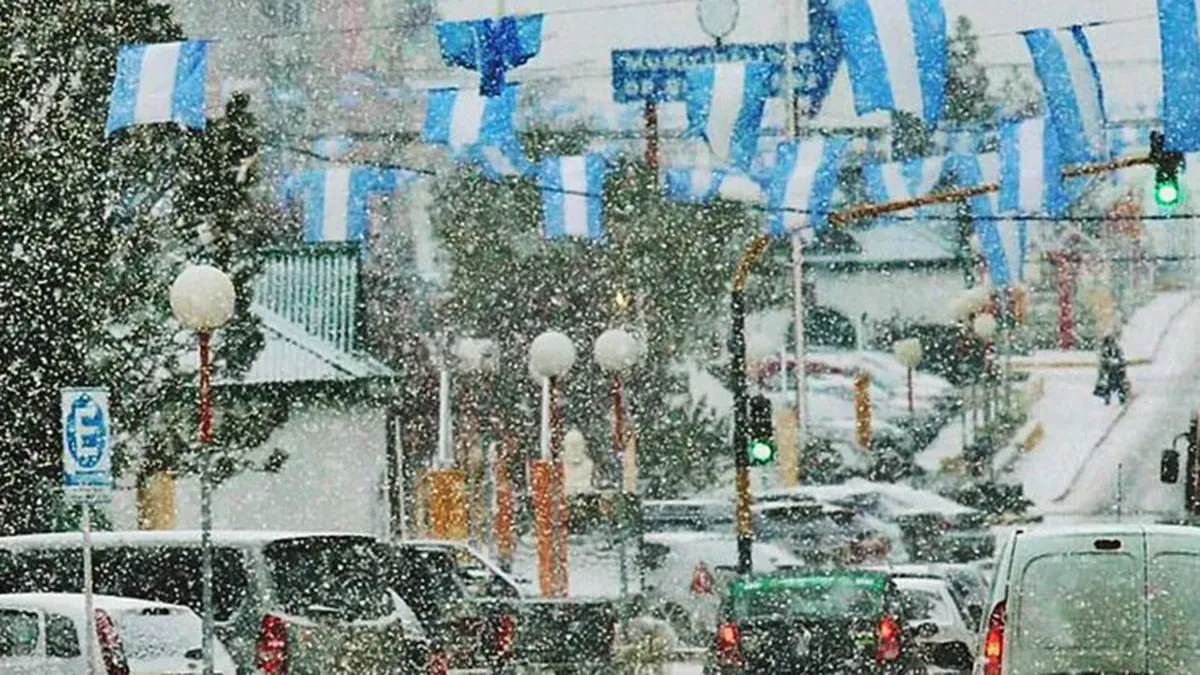According to a statement released on Thursday by the World Meteorological Organization (WMO), a powerful polar cold wave has swept across the southern cone of South America, causing temperatures to plummet as low as -15°C in some areas. This drastic drop in temperature has positioned regions of Chile and Argentina among the coldest places on Earth—outside of the polar zones—as of June 30.
The extreme cold has been attributed to a high-pressure polar anticyclone, which has brought record-setting cold to lowland areas not typically accustomed to such frigid conditions. Governments in both Chile and Argentina have issued early warnings and cold weather alerts in response to the event, taking measures to protect public safety and infrastructure.
Heating Systems Strained Amid Gas Shortages
In cities like Mar del Plata, located roughly 380 kilometers south of Buenos Aires, where winters are usually mild, the cold snap has significantly disrupted the supply of natural gas used for heating. A UN official based in the city reported that local authorities requested businesses to close temporarily to prioritize gas for residential use. Public buildings and schools were also shut down on Thursday, with closures likely extending into Friday.
Throughout central and southern Argentina, temperatures dropped between 10°C and 15°C below seasonal averages, underscoring the exceptional nature of the cold front.
Unusual Weather Conditions Across the Region
The cold wave began on June 26 and reached its peak on June 30, setting historic lows in many parts of the continent. Although regions like the Andes and Patagonia are no strangers to harsh winter weather, the intensity of this cold wave affected even lower-altitude areas with uncharacteristic severity.
According to the WMO, the high-pressure system brought atmospheric stability, leading to widespread clear skies and severe frosts. In Chilean cities such as Santiago, Rancagua, and Talca, stagnant cold air trapped pollutants, deteriorating air quality and creating public health concerns.
National meteorological agencies in both countries reported record low temperatures at numerous monitoring stations. The cold was so intense that it brought rare snowfall to unexpected areas—including the Atacama Desert, the driest place on Earth, which saw snow for the first time in over ten years.
Other unusual snowfalls were reported in places like Mar del Plata, the Calamuchita Valley in Argentina’s Córdoba province, and the mountainous northern regions of Patagonia.
Far-Reaching Consequences
The social and economic repercussions of the cold wave are already becoming evident. In central Chile and northern Patagonia, farmers have reported crop damage due to early frost, putting both fruit harvests and winter crops at risk.
Education and transportation systems have also suffered. Cities unaccustomed to such severe winter conditions experienced widespread school closures and disruptions to public transit, highlighting the challenges posed by increasingly erratic weather patterns.
This extraordinary event has provided a stark contrast to the intense heat currently gripping much of the Northern Hemisphere, especially Europe. The juxtaposition of these extremes underscores the growing volatility of global climate systems.
As nations around the world confront rising temperatures, melting glaciers, and shifting weather patterns, the polar cold snap in South America serves as yet another reminder of the far-reaching and complex consequences of climate change.

